Super excited to see this project coming from Santiago Calatrava. This really appeals to my sense of design and construction: a dynamic and seemingly complex form achieved through smart, modular assembly. It's really just a bent frame repeated over and over with a slight tweak in orientation. With the repetition of parts, re-usable construction hardware, and light and recyclable materials it is both efficient and sustainable (as anything at this scale can be). The even have beautiful line drawings of the construction process! Very Nice. In contrast to Calatrava's heavy and complex concrete projects executed in the past, the "formwork" used during construction is light, quickly assembled, re-usable and recyclable.
The desert lost one of its champions and architecture lost a visionary today. Lets hope his lessons are not forgotten.
Mark and I just finished the soffit at our Central at Steele Park project and am pretty pleased with the result. Its a series of recycled pallet planks of random width and thickness (and "finish") finger-jointed together to form the interior soffit. It seemed like a relatively simple thing, but each piece is, uh, custom, so it really was a labor of love to get a relatively crisp product out of extremely rusticated material. We individually matched each pair and cut them to length. We cut all the horizontal pieces the same size and thought we would come back at the end and cut a straight edge after they were all installed, but we ended up with a sweet crenellated edge by accident and decided to keep it. Bonus!
I think these trash/recycling bins around ASU are a pretty clever in their power and their subtlety. If we could figure out more ways to simply (and cheaply) get a meesage like this across sustainability could be less a movement and more a way of life. Almost everything is right about these: their message, their strong duality, their graphic execution. Kudos to the designer.
Vincent James and Jennifer Yoos of VJAA recently spoke at IIT and gave a lengthy presentation on their research of "skyways" around the world. They didn't pose any conclusions, and i don't think I will here either, but they were fascinated with them. At he end of the presentation someone proposed that overpasses are detrimental to street life because it displaces activity. James and Yoos countered with the High Line, and argued it depended on which activities in particular areas are displaced as to whether an skyway/overpass/viaduct will have a detrimental effect. They posited that the High Line represents another layer, in fact a lost layer, of leisure activity in an otherwise dense and rugged neighborhood of west Chelsea. I thought it was an interesting take on why the almost comically uber-loved High Line works, and just maybe that this idea of layered and supplemented activities could work in places other than idiosyncratic New York if the right needs were identified. In the days after I have noticed quite a few Viaduct projects pop up and have been thinking about the different ways to to approach these (typically deteriorating) linear pieces of infrastructure, many of which have a strong physical and psychological presence in their respective cities. The High Line is so brilliantly simple because it simply switches the intended use of its program: people instead of trains. No fuss, no muss, just make it fun and pretty and let it do its job all over again. I think that what is so exciting about the High Line is that citites everywhere could see themselves easily do the same thing with their aging viaducts for a fraction of the cost of tearing them down, actually turning them into an economic engine, not to mention a public asset. Some day, when Chicago and the CTA finally throw their hands up in desperation and frustration, this is what the L will become. Then there is this beautiful idea out of London by Undercurrent Architects that proposes a reuse of the close to 10,000 arches created by the viaducts throughout the city. This re-programming of this largely defunct infrastructure is pretty convincing, especially when it is this well done. A energy analyst has to love the thermal mass provided by the viaduct, and its "green" cred is also bolstered by the material savings and recycling as well. Lets just hope it doesn't leak. On the complete other end of the spectrum is this project by my friend Noel Turgeon. Sort of a Mega Viaduct, it turns the infrastructural typology on its head from the get go. People, not heavy traffic, go on top and inside the massive structure, while the existing heavy industry traffic (truck, train, barge) pass underneath perpendicularly. This solution is also responding to the need of leaving the meager "natural" areas around the industrial site undisturbed. The huge building/dam/bridge attempts to tread lightly while it lofts its program over the site, and does a pretty good job with its dynamic form. Theoretically this inverted, programmed viaduct could perform in a number of different locations, although I think the warning of James and Yoos would be well headed by all skyway supporters: don't supplant what is already there, supplement with what is lacking.
This is a great solution and an example of how to address ever-more complex technological systems. In this example the designers have centralized the complexity into small, serviceable and relatively cheap robot(s) that manipulate a "dumb" field of solar arrays. I have always thought solar arrays that track the sun's movement are pretty great, but I could never get past the idea of chasing around all those complex motors as they inevitably break down or malfunction. It's similar to my aversion of making really cool patterns of feature lights along a ceiling or wall, only to have one or two go out and make it look ridiculous and trashy. Servicing an array of highly complex artifacts (lights, solar arrays, facade shading elements) is expensive and unsustainable, so usually once and element goes down it remains down and defeats the whole purpose. But if you can make the multiple elements dumb and cheap and centralize the the "smart" parts into a small and relatively cheap module, that's a winning idea in my opinion. Check the video out at the Designboom page.
Felipe Carrasco of Clap Arquitectos has been working on a number of "pallet houses" and other creative works using the often overlooked and cheap material. They are beautiful pieces of architecture that do not come across as kitch or one-off attention getters. Felipe and his office have a lot of good energy and talent and I am sure we will see a lot more from them in the future.
Not to mention, he is a fantastic guide to all things Chilean and Santiago! Thnak you Felipe and crew. There has been a steady stream of Starchitect "Make It Right" homes coming out of Louisiana, some pretty great (atta' boy Blackwell in Biloxi), some a little questionable (Frahk O., I'm lookin at you). Just saw this one on Archdaily from Morphosis and it ticks all the right boxes for me. Cohesive design? Maybe not, but the brief and exposure down there sort of asks for that. Affordable? The claim of complete energy independence form solar panels and a geothermal mechanical plant makes me think otherwise. But beyond the hype, its a really thoughtful, comprehensive, and livable house. They have a strong and well explained concept throughout the house, and as a machine it appears very advanced. Check out the Float House on Archdaily. 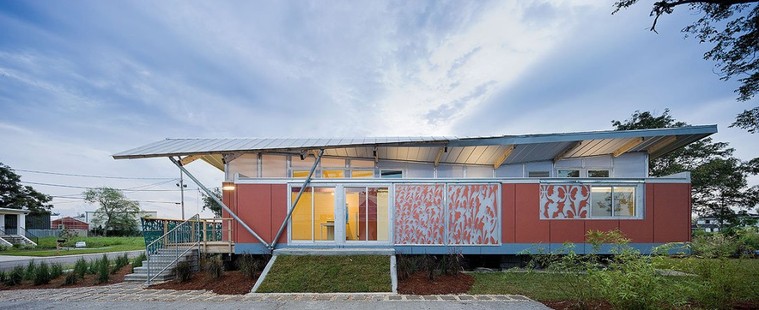
|
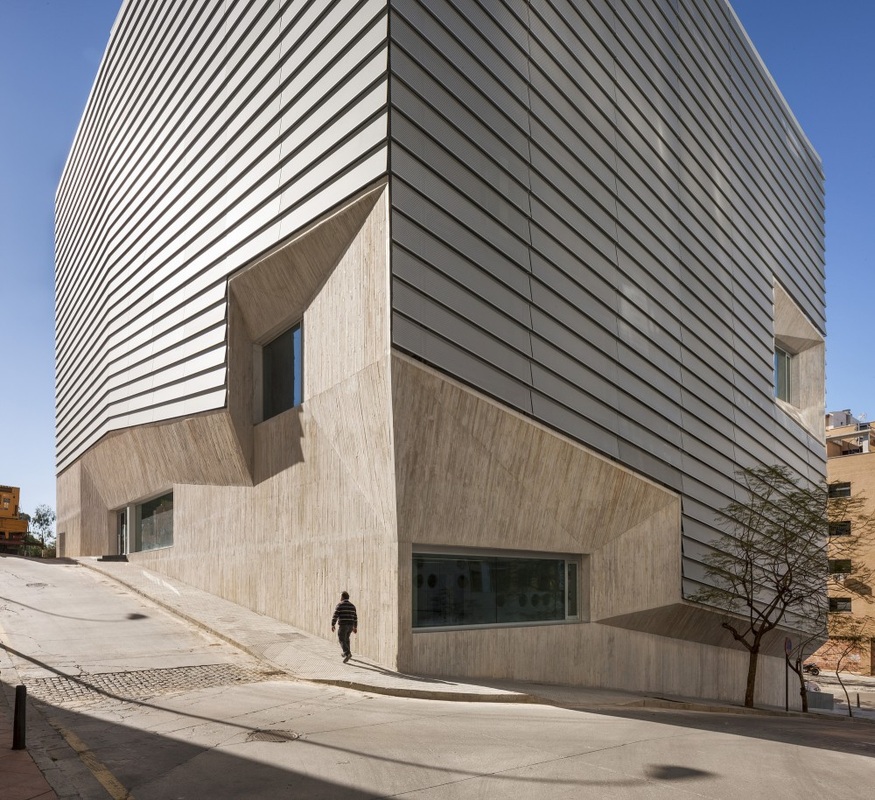
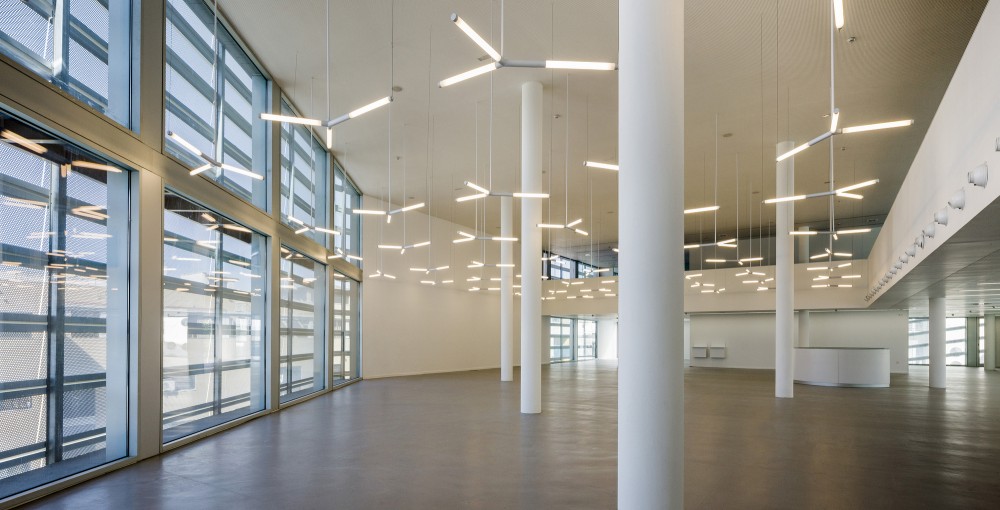
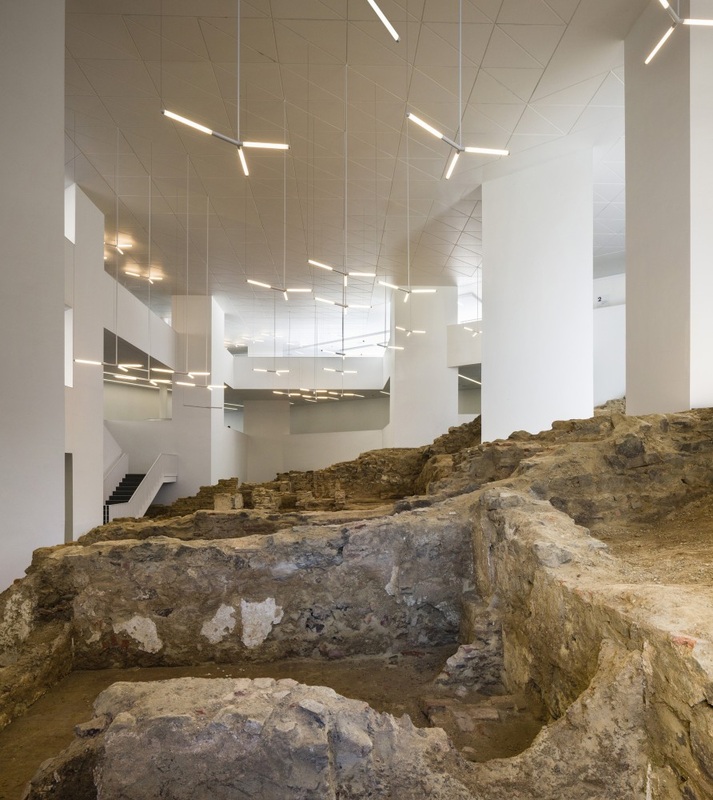
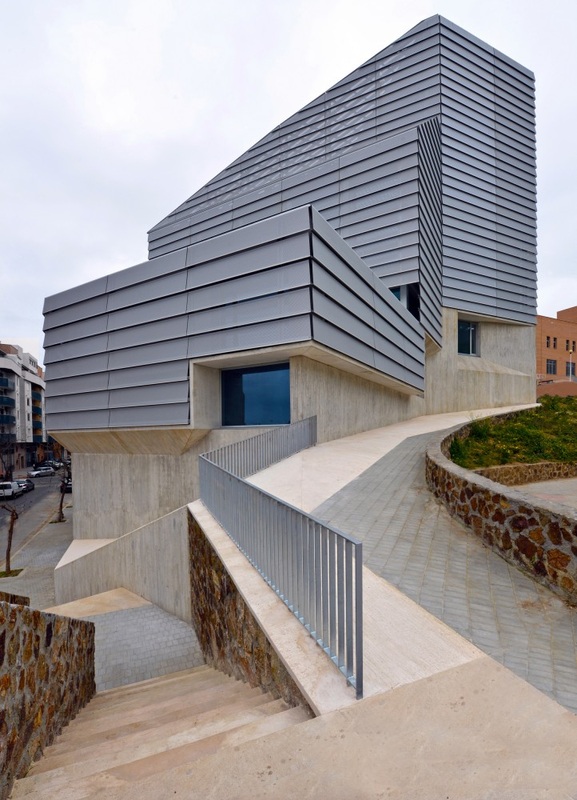
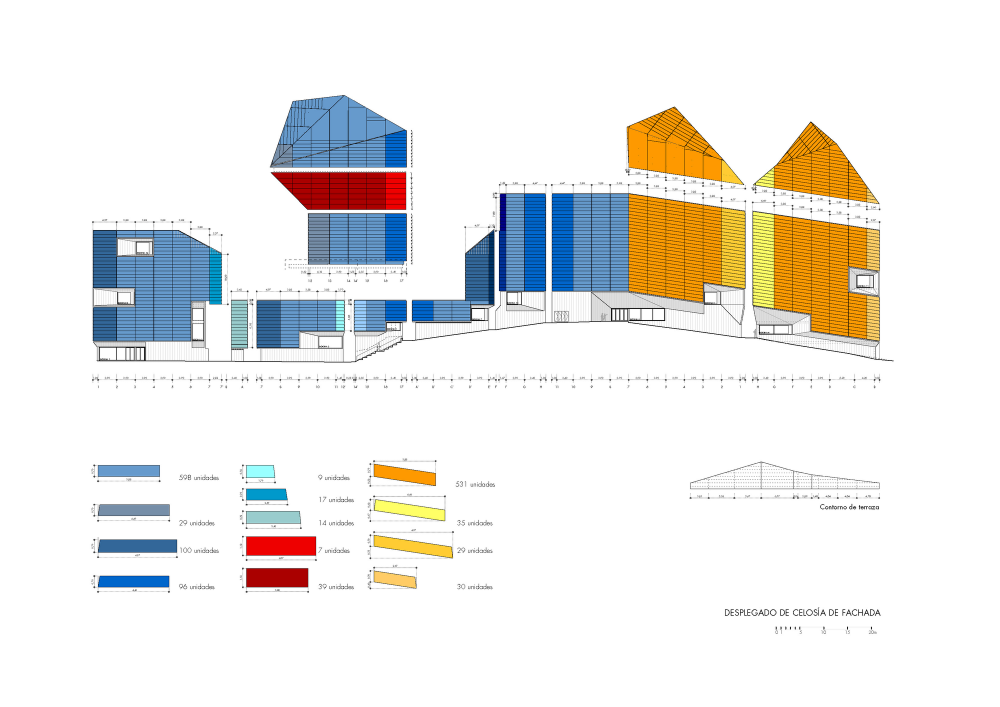
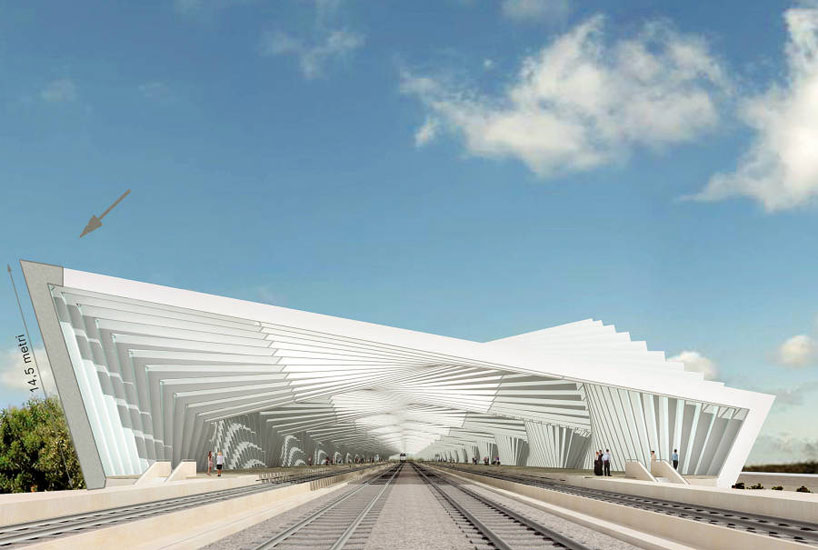
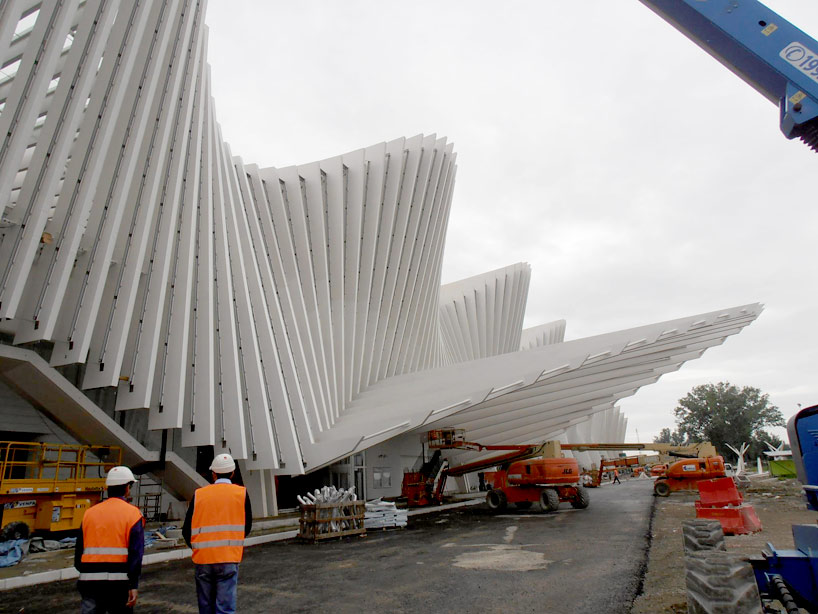
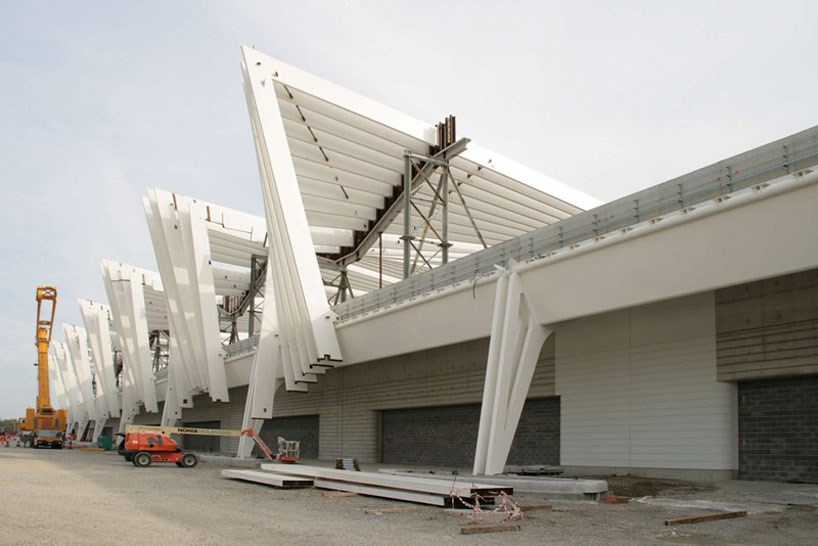
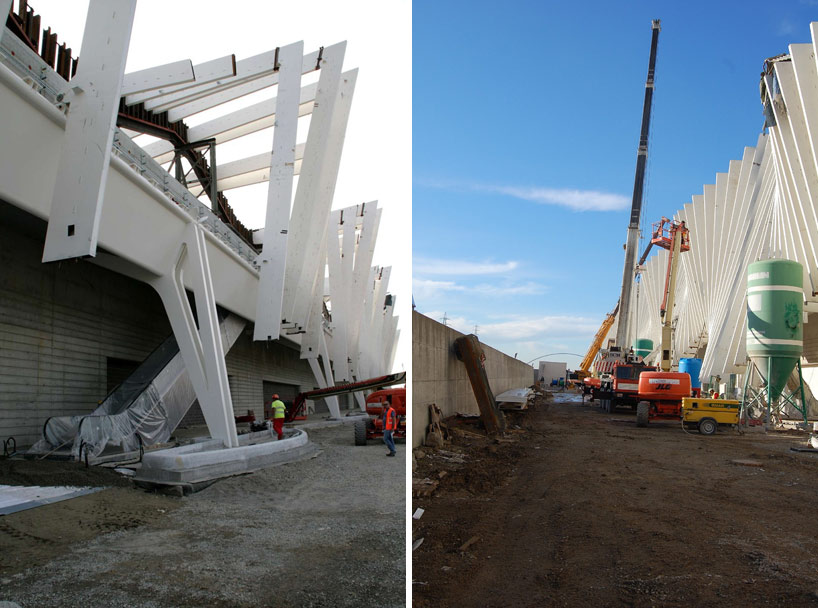
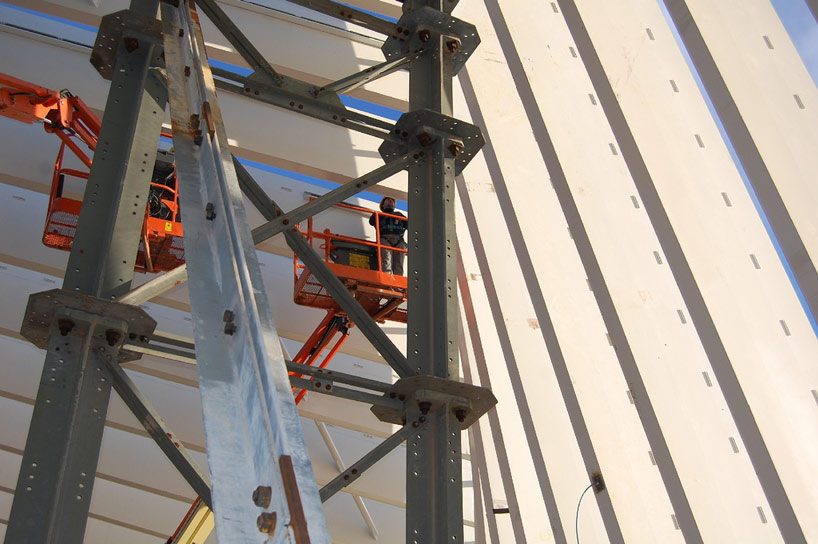
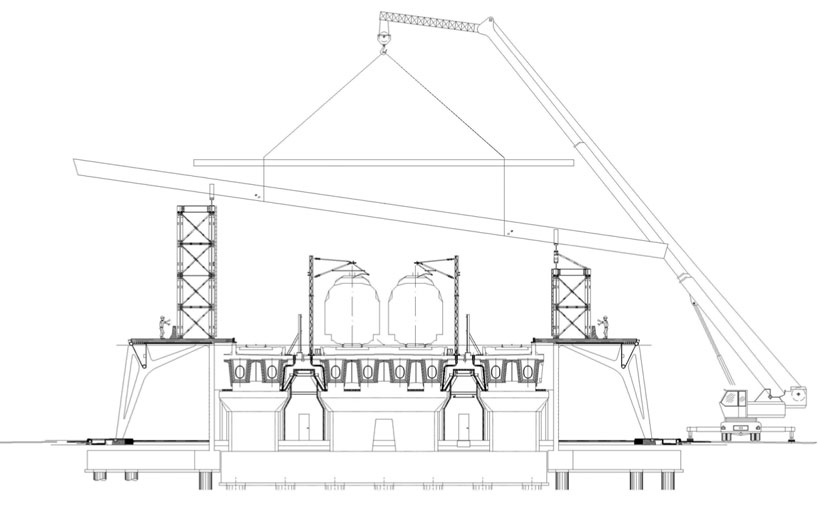

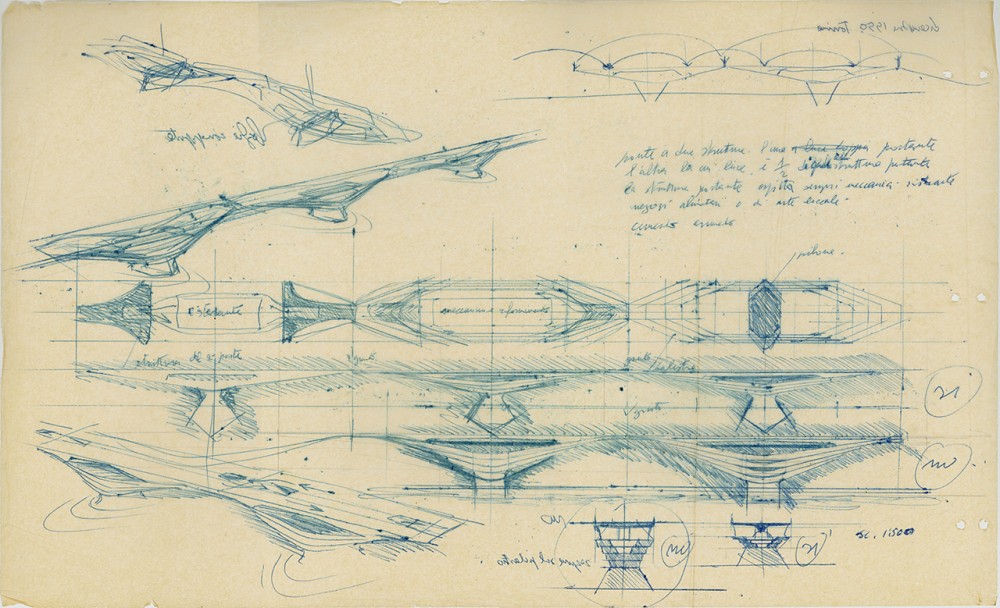
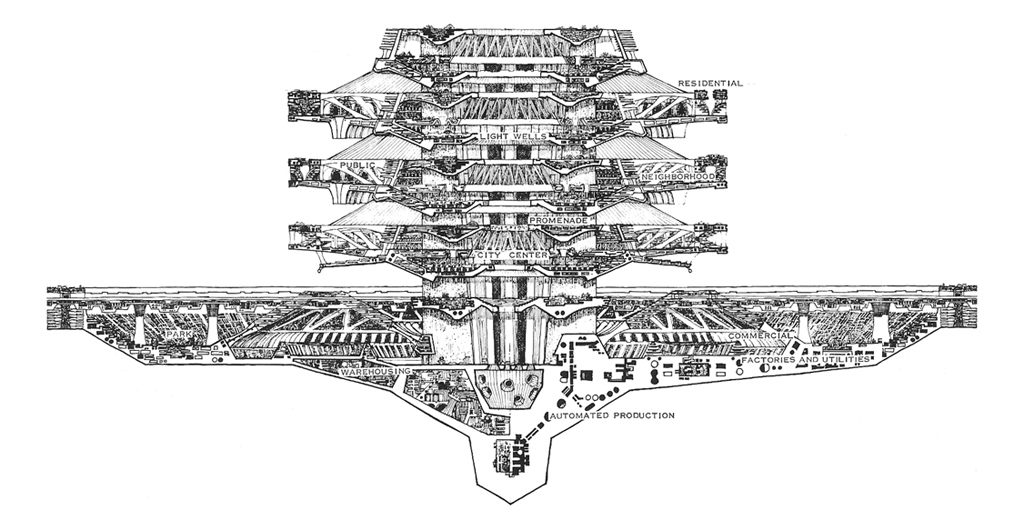
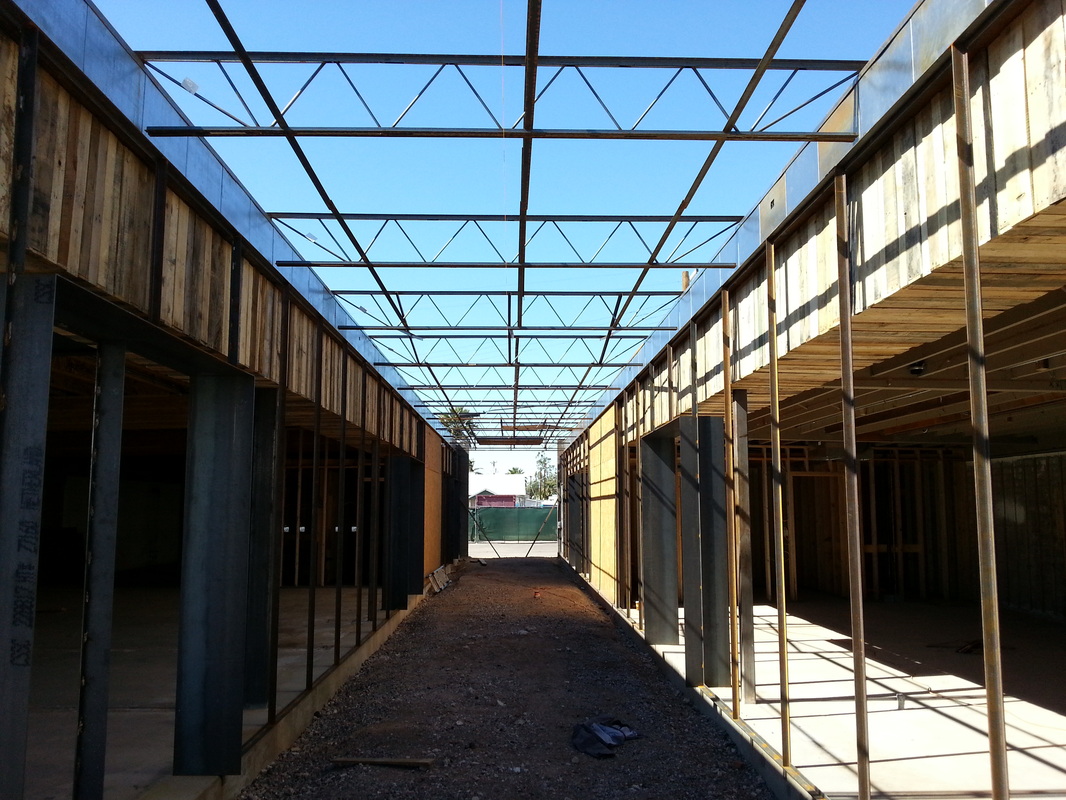
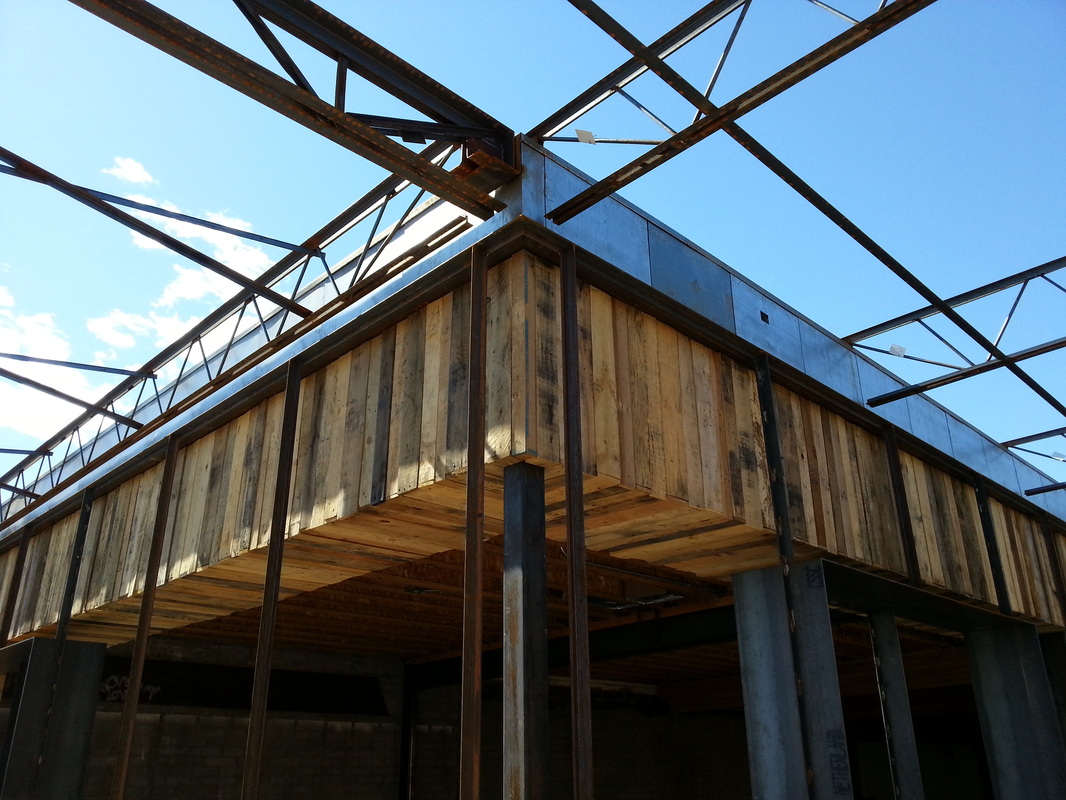
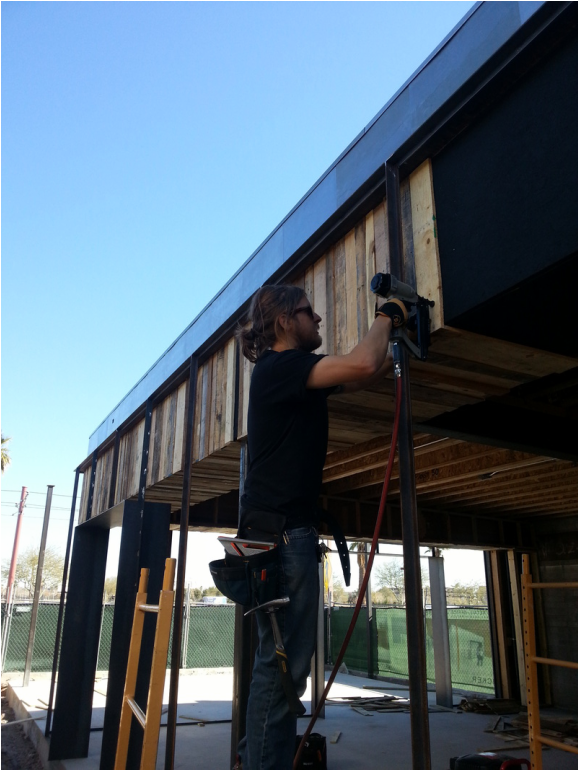
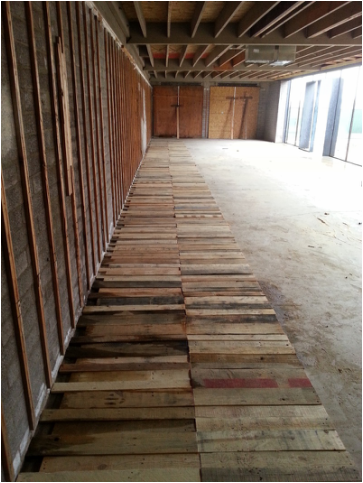
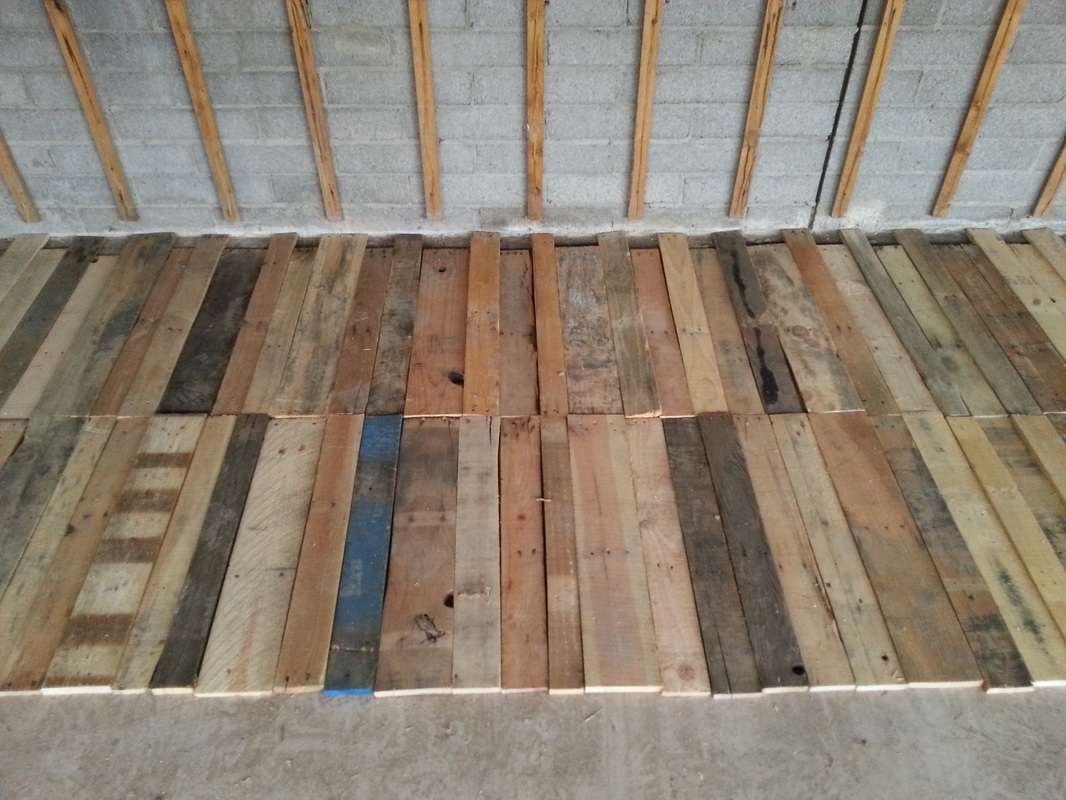

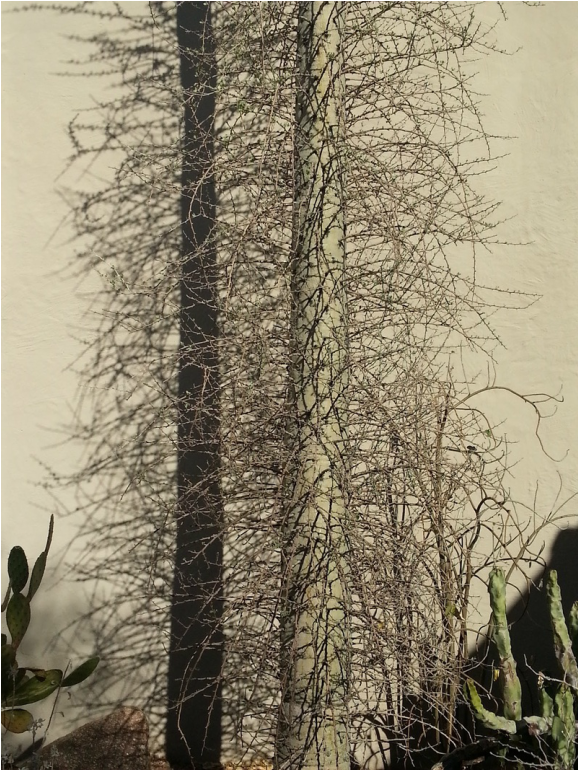

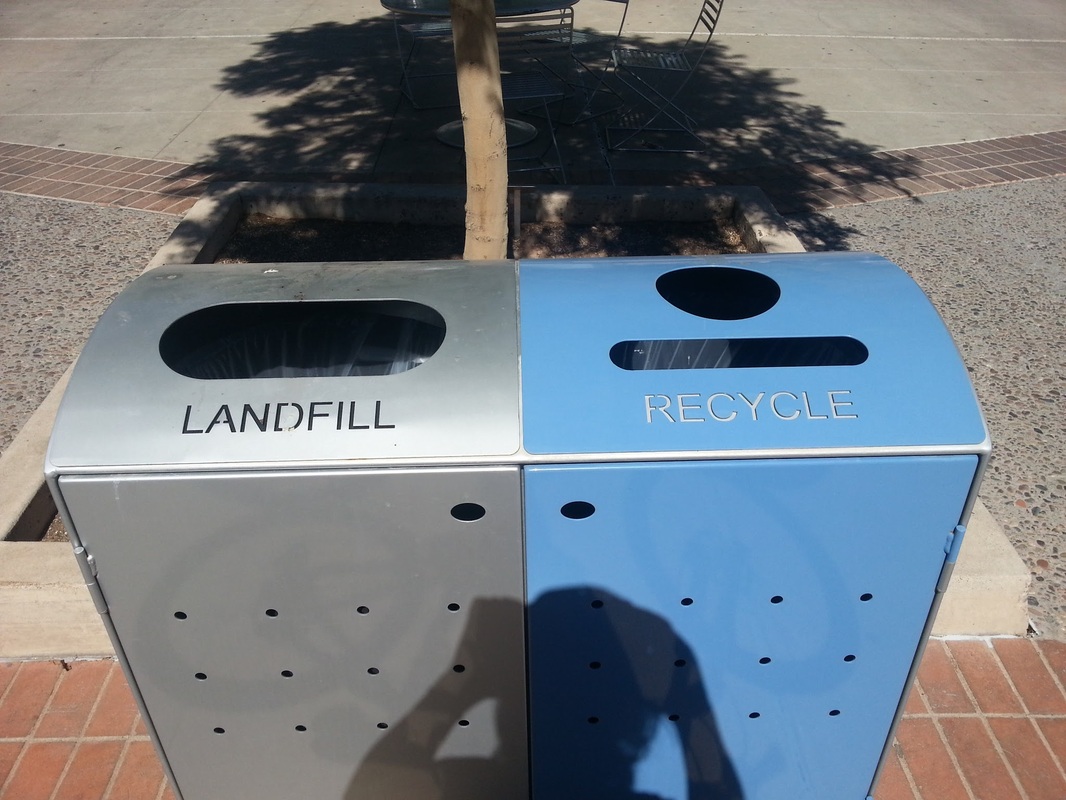
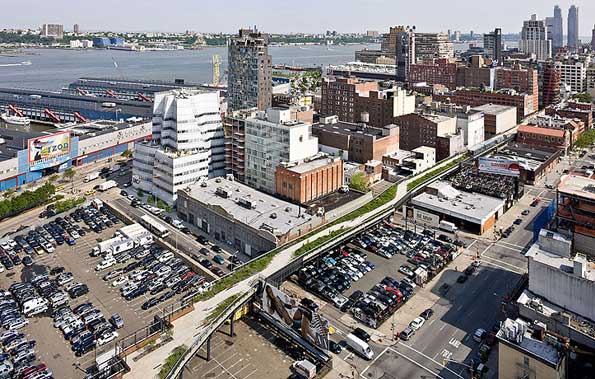
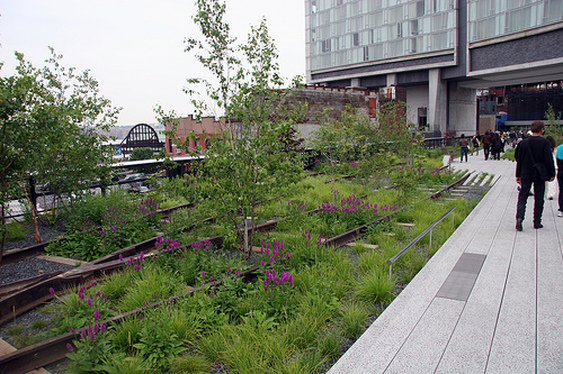
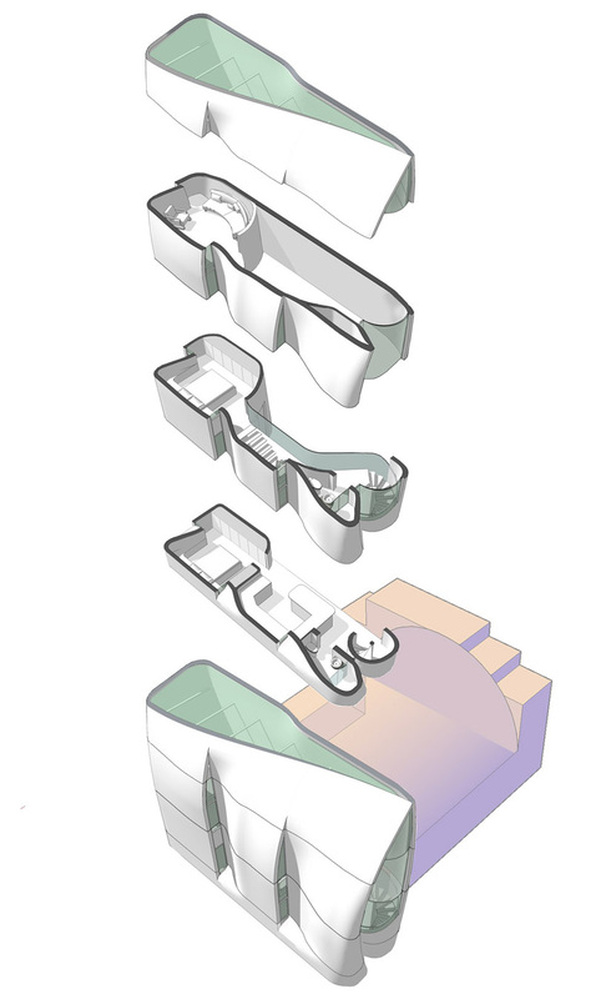
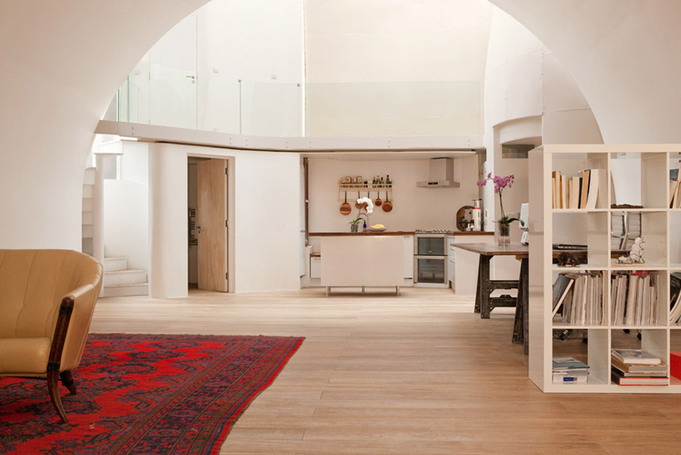
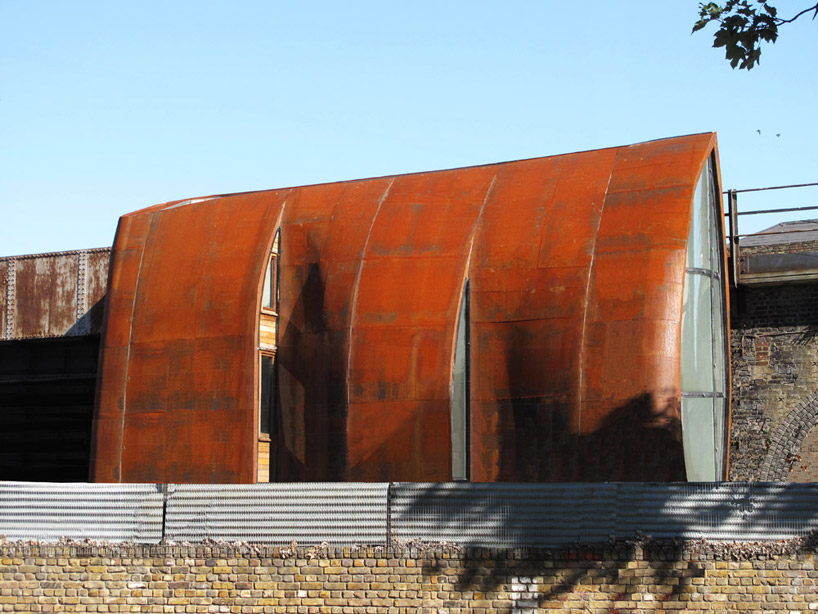
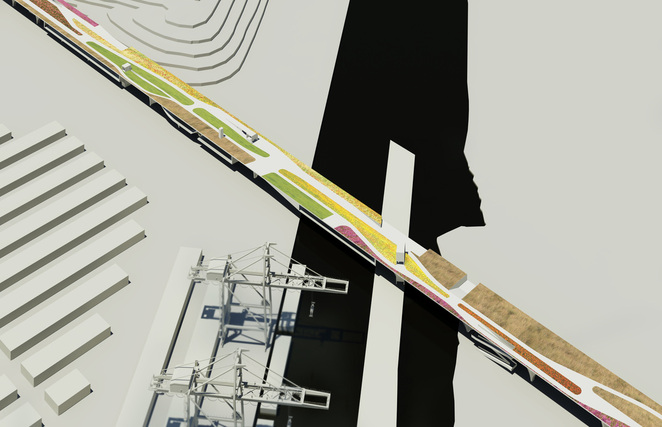
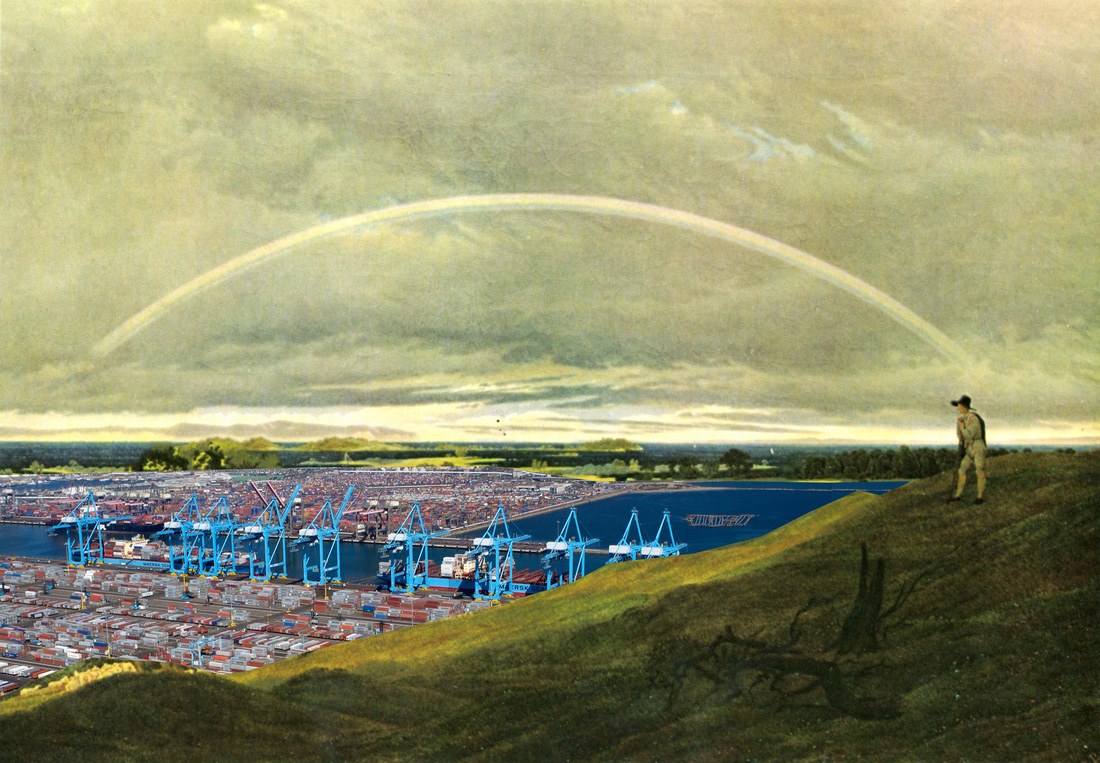
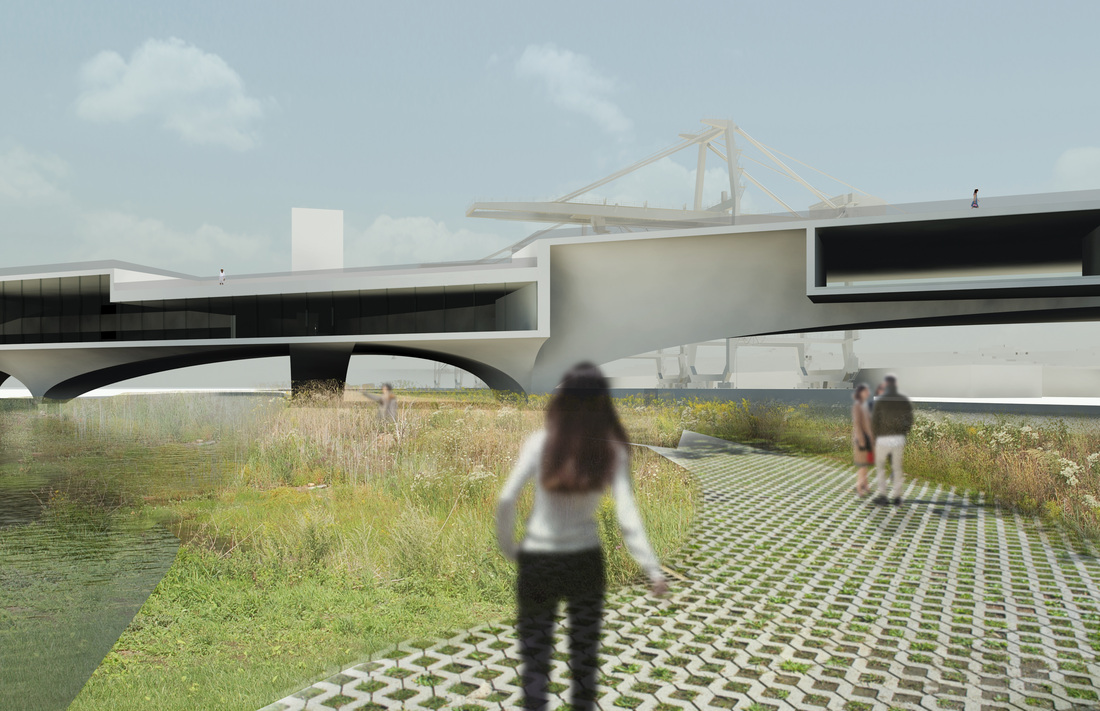
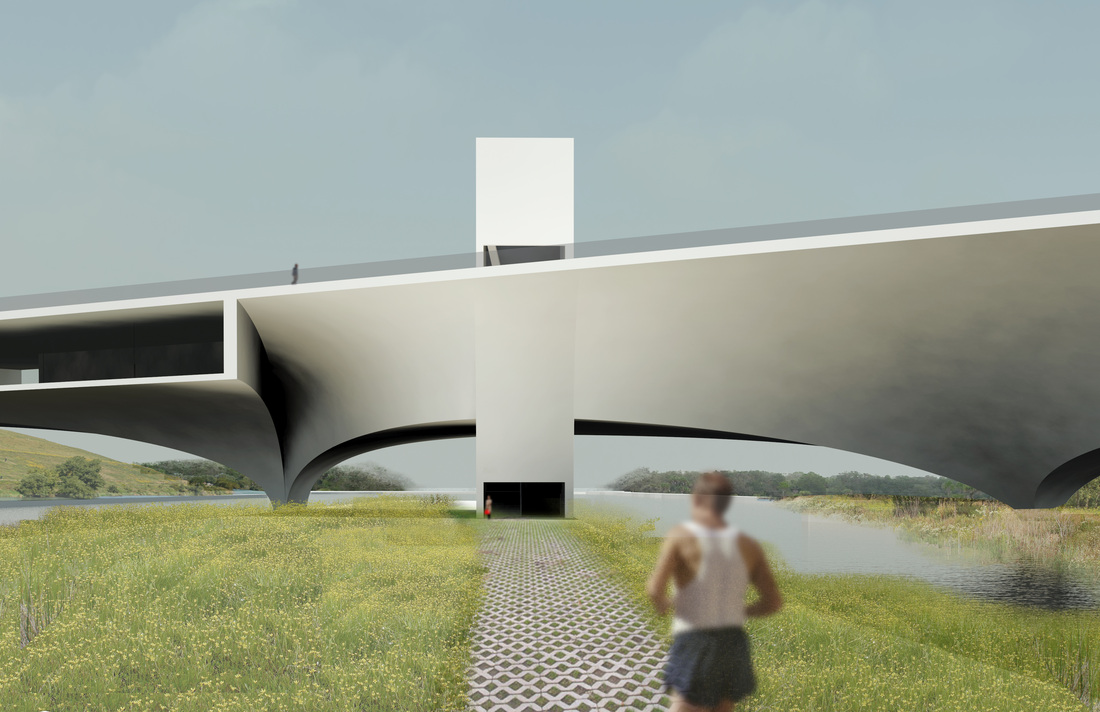
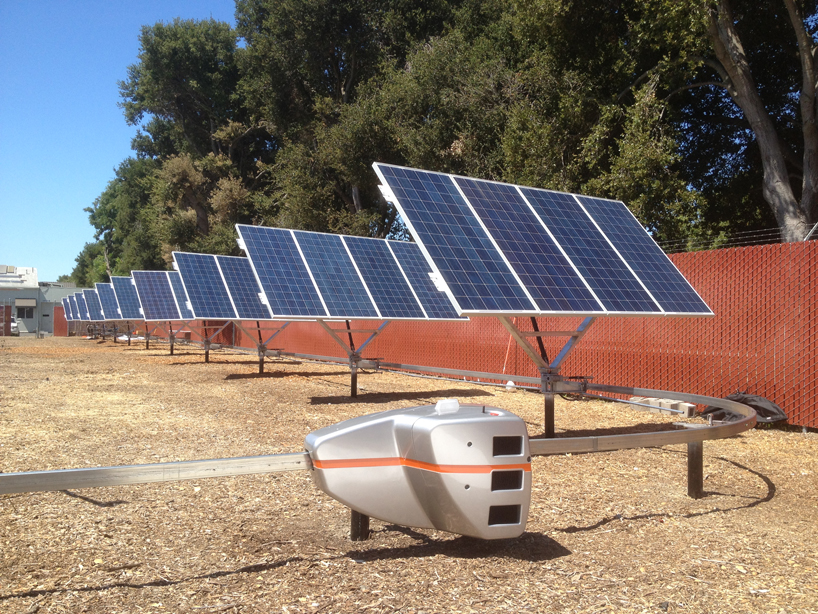
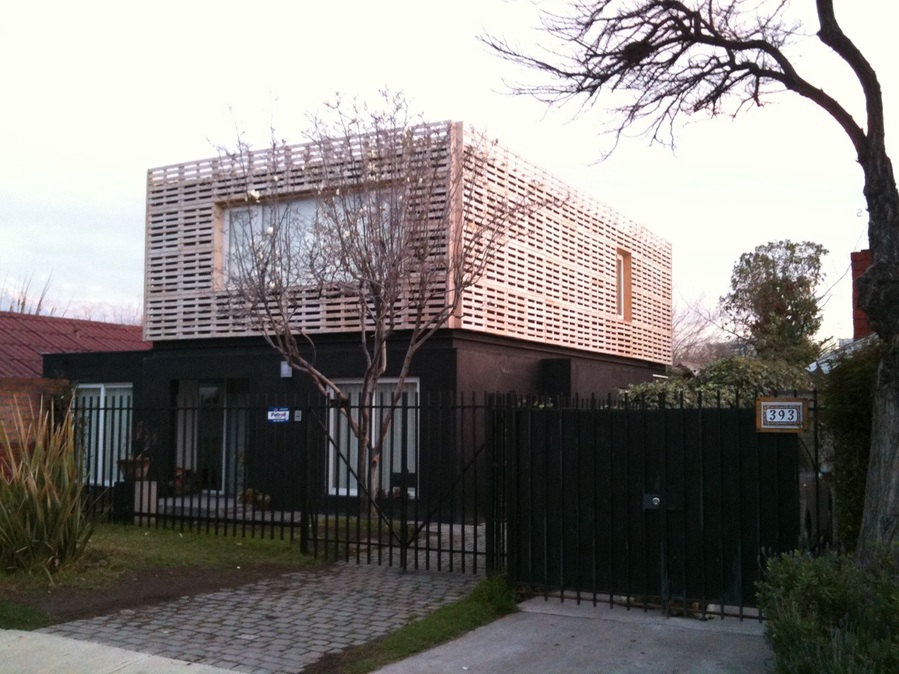
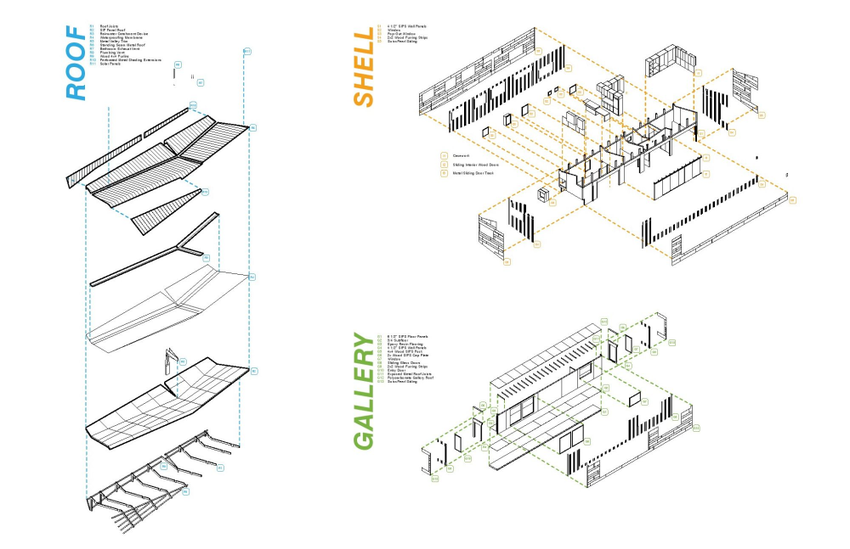
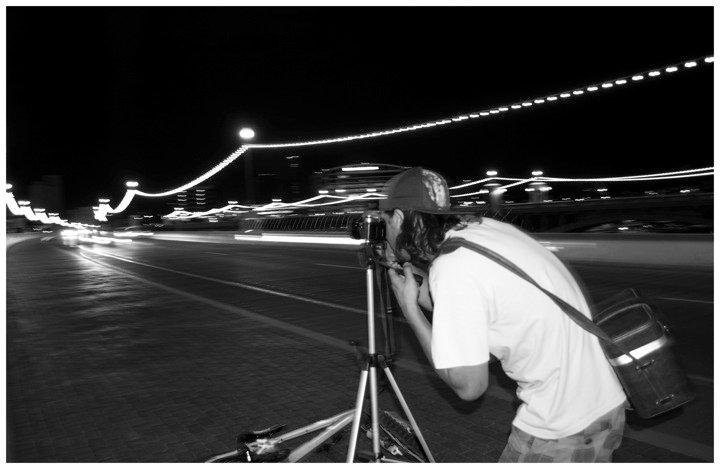
 RSS Feed
RSS Feed